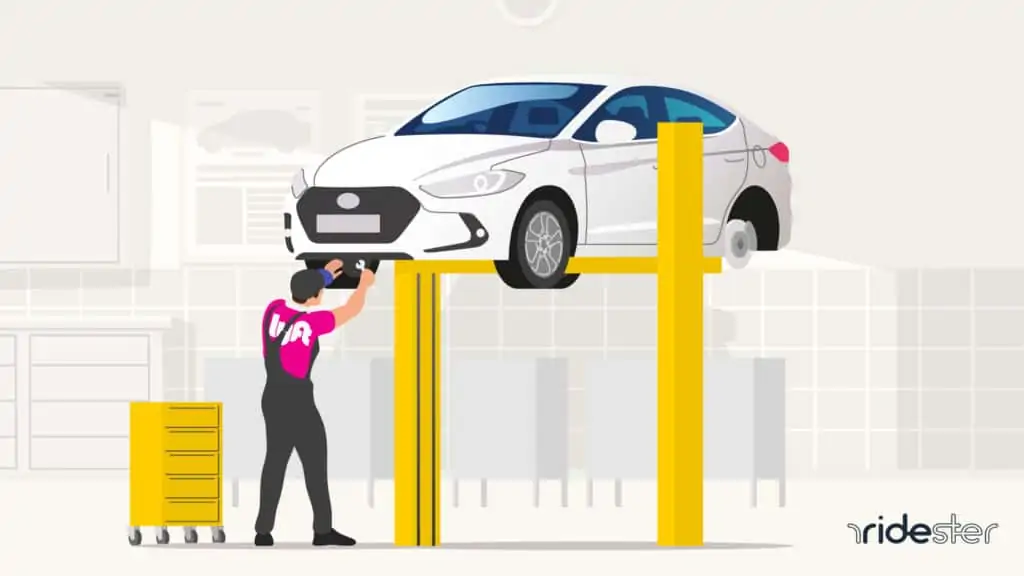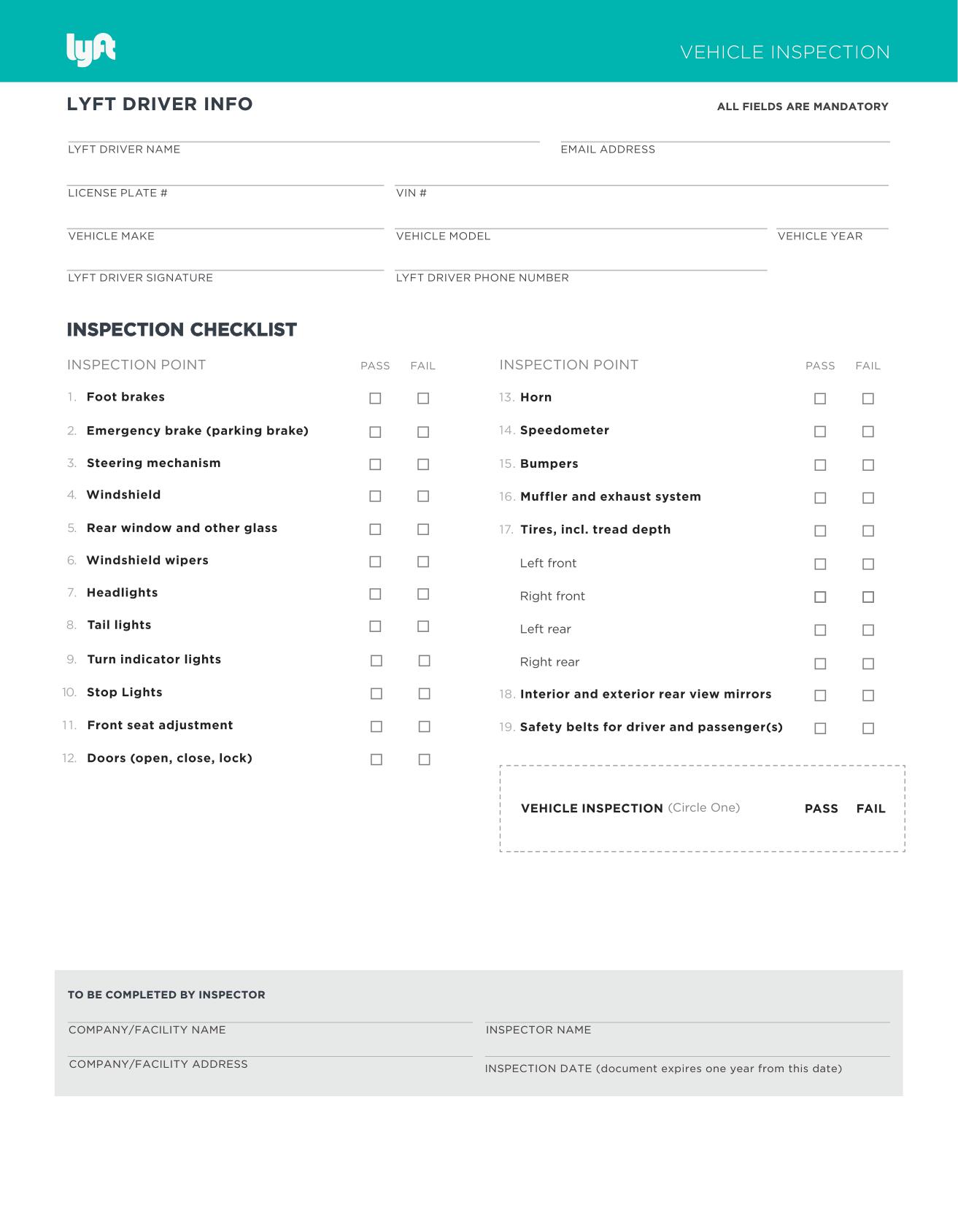

Since 2012, Brett Helling has built expertise in the rideshare and delivery sectors, working with major platforms like Uber, Lyft, and DoorDash.
He acquired Ridester.com in 2014, the first ridesharing marketplace, leveraging his direct experience to enhance the site. His insights at Ridester are recognized by Forbes, Vice, and CNBC.
Expanding his reach, Brett founded Gigworker.com and authored “Gigworker: Independent Work and the State of the Gig Economy“, demonstrating his comprehensive knowledge of the gig economy.
Owner, Ridester.comRidester articles are reviewed by gig economy experts before getting published to ensure accuracy, thoroughness, and quality. Learn about our editorial standards.

Sam Choi
Hi there! My name is Sam Choi, and I am a rideshare driver for both Uber and Lyft.
Ever since I started ridesharing, I’ve taken thousands of trips, and have been able to master every aspect of the job. I’ve interviewed numerous drivers, taken courses, read everything I could find on the web, and aggressively analyzed every shift I drove. As a result, I am personally am in the top 1% in the nation when it comes to earnings.
I share what I know in the multiple rideshare courses that I created, which were acquired by Ridester.com in 2018.
Updated on: February 21, 2024 Read more here
Key Takeaways
A Lyft vehicle inspection is a mandatory evaluation for Lyft drivers to ensure their vehicles meet established safety and operational standards. Conducted either annually or biennially depending on the location, these inspections assess various vehicle components, including tires, brakes, lights, and more.
Mechanics either at designated inspection centers or approved third-party facilities perform a thorough check. If a vehicle passes, it’s deemed fit for rideshare service; if not, necessary repairs must be made before re-inspection.
Lyft vehicle inspections are an integral component in upholding the safety and trust of the ride-sharing ecosystem. These thorough checks are meticulously designed to ensure that each vehicle meets strict safety and quality standards.
By consistently enforcing these standards, Lyft guarantees that every ride is not only about convenience but also embodies a commitment to passenger and driver safety. This rigorous process bolsters confidence and trust among users, underpinning the platform’s reputation and reliability.
Simply click the red indicator message and a box should pop up.
From there, the system will tell you what you need to upload. I tapped Rideshare vehicle inspection.
There are two options here: finding an inspection and uploading a form. Since I needed to find a location, that is the option I selected.
Once tapped, you will see a large list of locations that offer inspections.
Navigating to any one of them will show you site-specific information about the location. This includes an estimated cost range, hours, location (with directions) and a button to call the location.
Some locations might allow you to schedule an appointment directly through the app. Since I used Jiffy Lube, I had to manually call and set an appointment.
Since you know what the inspection is looking for, there is really no reason to fail. Doing some legwork up front maximizes your time when you get to the inspection.
Some common steps you can take include self-checking:
Again, do the work up front so that you can breeze through the inspection when you’re there. If you fail, you’ll have to pay for two inspections – the failed one, and then another return trip.
The actual process of getting a vehicle inspection is incredibly simple. I simply showed up, walked in and let them know that I had just called. Somebody immediately came out to my vehicle with a piece of paper and a clipboard and started inspecting my car.
The list of inspection points is exactly what you’d expect when checking the safety of a vehicle. Common issues like brakes, tires, headlights, doors, and seat belts were checked.
We’ve made a PDF copy of the Lyft vehicle inspection form available using this link: DOWNLOAD INSPECTION FORM.
Here’s a list nearly identical to the one the technician cross-referenced my vehicle against:

All in all, I was there for roughly 30 minutes. After I paid in cash, I was on my way.
If an aspect of your car isn’t safe, you’ll fail the vehicle inspection. You need good tire tread, responsive brakes and steering, and all the requirements listed above.
In general, Lyft doesn’t care too much about the look of your car unless you’re driving for Lyft Lux. They care more about how well your car drives because they value all drivers’ and passengers’ safety.
However, some cosmetic damage can disqualify your vehicle. Lyft doesn’t want its name on beat-up cars. Dents or scratches larger than a baseball might eliminate your car.
They also won’t approve cars that have mismatched panels. This might sound superficial, but the mismatched panels mean the car has sustained damage and repairs, making it less safe for drivers and passengers.
Don’t worry if your vehicle fails its inspection. Simply follow these instructions.
Follow the steps you previously look above. Head to your account, tap Your Vehicles, and then open the vehicle you’re uploading an inspection for.
This time, select the “upload photo” option, and you’ll be able to upload your inspection to the Lyft driver app.
Once the system uploads your inspection, you’ll probably have to wait a few hours for it to get approved. In my case, this process took less than 30 minutes, and then my account was ready to go.
You may still have questions about the Lyft vehicle inspection. Here are the answers to three commonly asked questions.
Yes. Drivers for all services need to complete the same Lyft inspection process. If you’re planning to drive for multiple Lyft services, there is no need to go through multiple inspections.
While it was once easy to use Uber vehicle inspection forms on Lyft (and vice versa), there’s no longer a guarantee that Lyft will accept your completed Uber forms.
This is especially the case if you get your inspection done at an Uber Greenlight Hub, where team members will only complete Uber-branded forms and, in some states, may follow slightly different processes than Lyft.
A great workaround to save time and avoid paying double the cost is heading to a third-party mechanic that’s approved by both companies.
When you do so, your mechanic can simply fill out both forms in one go, so you can get approved as a Lyft and Uber driver without two separate visits.
Yes, the vehicle inspection is a tax deduction. It’s a vehicle-related expense, similar to when you deduct gas, mileage, and repairs. If you can’t find a Lyft Hub for a free inspection, save the receipt from your local mechanic or Rideshare Mechanic.